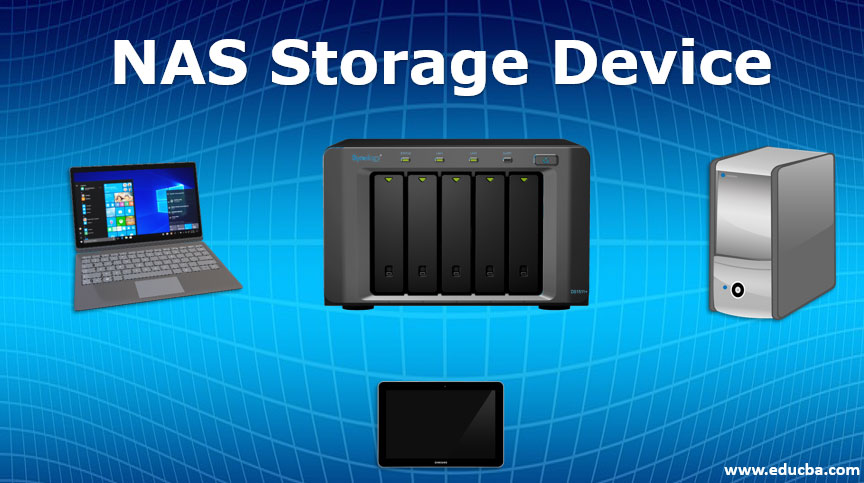

Object storage, also known as object-based storage, is the last category of enterprise storage. Now enters the new kid on the block – object storage. That is how you can identify a true scale-out NAS: It doesn’t use NFS as it’s primary access protocol. Many true scale-out systems rely on a native protocol for parallel IO and avoiding NFS bottlenecks. NFS is dated and has severe limitations in terms of performance, security, and fault tolerance. Many NAS systems use NFS – a protocol invented around the year the movie “Back to the Future” premiered! NFS was designed for clients accessing a single server. The second aspect of NAS storage is the primary access protocol. In contrast, a scale-out NAS system has an architecture where you can add more servers or boxes to increase capacity, and ideally, also performance. SOHO (small office home office) NAS boxes or so-called filers (monolithic enterprise NAS appliances) are other examples of this. However, this kind of NAS storage is monolithic, can only be scaled up (i.e., add more drives into a single box), and doesn’t offer a lot of fault tolerance. However, the term NAS doesn’t say anything about the storage architecture behind the file system that you see.įor example, a simple Linux server exporting local storage via NFS is considered NAS. The significant advantage of NAS storage is that applications and users can directly use the file system. NAS stands for network-attached storage, but in actuality, it’s a file system storage that is accessed over a network. All jokes aside, when one or multiple head nodes export the file system it often introduces a significant performance bottleneck, e.g., when exporting the file system via NFS. Needing a file system on top really sounds like something Monty Python’s “Royal Society for Putting Things on Top of Other Things” would do. The major downside of SAN is that you need a file system on top that needs to be exported to storage consumers.

The protocols used are Fibre Channel, iSCSI e.g., over Ethernet, or NVMe over fabric. Unlike direct-attached storage (DAS), a SAN is accessed over the network. The exceptions are a few databases and virtual machines that directly consume block storage. Most applications require a file system on top to organize the data stored on the block storage. SAN uses the same abstraction as a hard drive where blocks of data can be read or written at a specific location, which is why it’s called block-based storage. Storage area network storage, otherwise known as SAN, or block storage, refers to block-based storage accessible over a network.


 0 kommentar(er)
0 kommentar(er)
